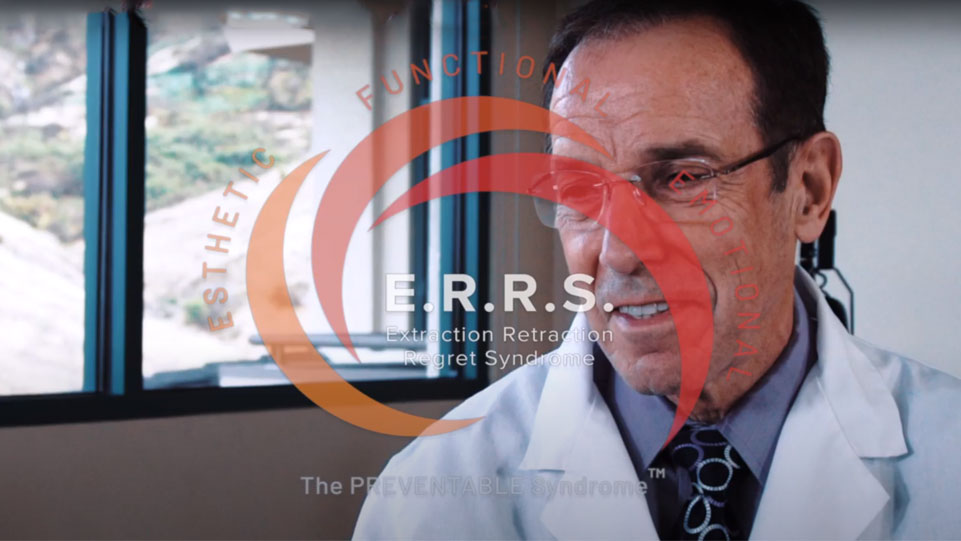HOW TO CURE TMJ PERMANENTLY? Written By: Dr. Ankita Shah, 15 October 2023

The temporomandibular joint located in the jaw is one of the most complex yet powerful joints in the human body. It is located on either side of the face (in front of the ears) and connects the jawbone to the skull.
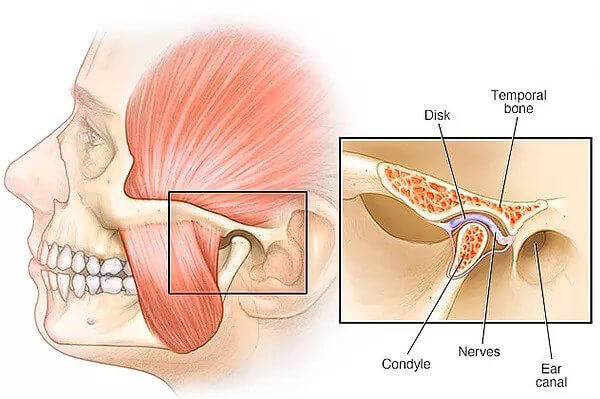
The TMJ also has a disc of cartilage that acts as a cushion and protects the condyle – the top end of the jaw and the socket into the skull – from clashing with or hitting each other. The TMJ is the only joint that functions as a single unit, unlike other joints in the body. The upper & the lower teeth alignment make sure that the movements of the TMJ like optimal opening & closing process cycles for swallowing, chewing, talking, breathing, and resting modes. are well-coordinated.
Living with TMJ pain can be exhausting, but relief is possible. We offer effective treatments that provide relief from TMJ pain.Discover how we can help you say goodbye to TMJ pain for good!
A] TMJ Disorder and Causes
TMJ disorder or TMD is a combination of conditions affecting the muscles, teeth and temporomandibular joints. It is connected to several nerves such as the vagus nerve, trigeminal nerve, and facial muscles like masseter muscles and pterygoids. Hence, it is not only a case related to a simple ‘bad bite’ or ‘malocclusion’ but a multi-faceted problem that affects all body parts.
TMJ can be caused due to:
Physical Injury
Arthritis
Grinding of teeth and teeth clenching
Rolled shoulders
Mouth breathing and Snoring
Tongue ties
Extraction Retraction Orthodontics
Malocclusions and improper bite like crowded teeth, long faces, deepbites, crossbites, openbites, lingually inclined teeth
Sleep disorders and Obstructive Sleep Apnea
Poor gut health
Hip Misalignment


B] What are the Symptoms of TMJ?
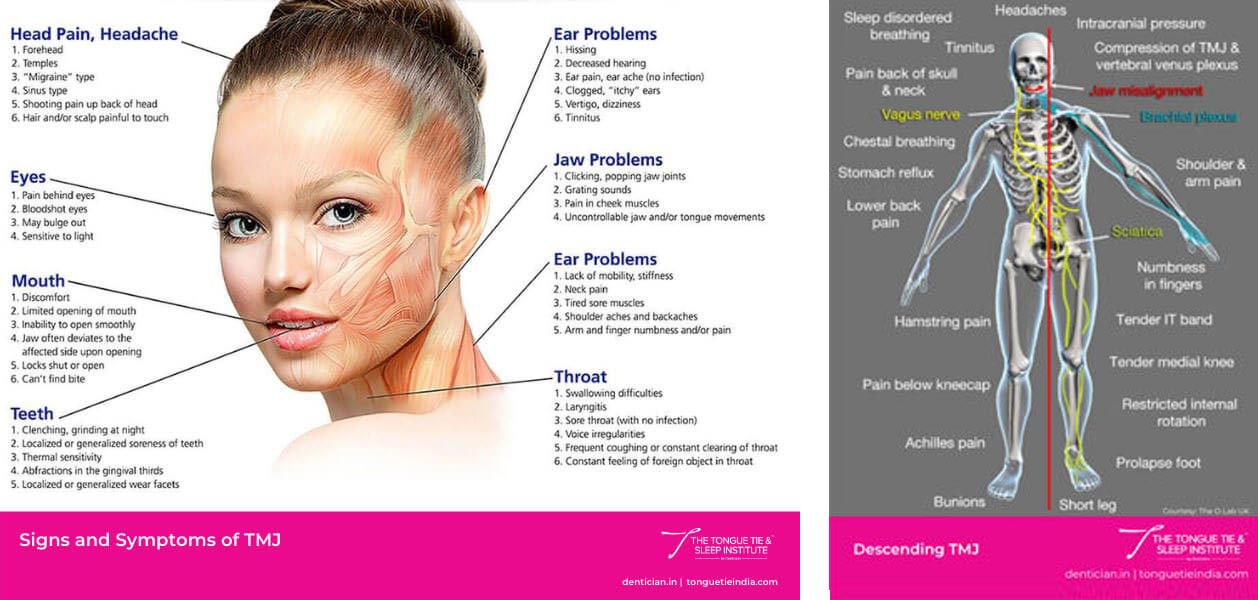
TMJ pain has been reported in 1 in 10 people, and TMD has been reported in almost half of the population.
TMD = The Great Impostor Disease
While there are several symptoms of TMJ, most of the symptoms are ones we least suspect.
Some of the signs and symptoms of TMJ include:
Headaches are one of the most common symptoms mimicking sinus headaches
Pressure behind the eyes
Ear pain
Ear ringing/ tinnitus
Itching in the ears
Facial pain
Forward head posture & rolled shoulders
Imbalance on the right and left side of shoulders and hip
Sensitive teeth
Tenderness or pain around the jaw joint i.e. in front of the ears
Experiencing pain while chewing
Gum Recession
Jaw deviation
Jaw locking
Clicking and popping of the jaw joint
Certain patients also experience an unresolved tingling sensation in their hands and fingers.
It is advisable to have these signs and symptoms checked and treated by a trained TMJ specialist, before going for extensive restorative dentistry or orthodontics.
C] Does Bad Body Posture Lead to TMJ Disorder?
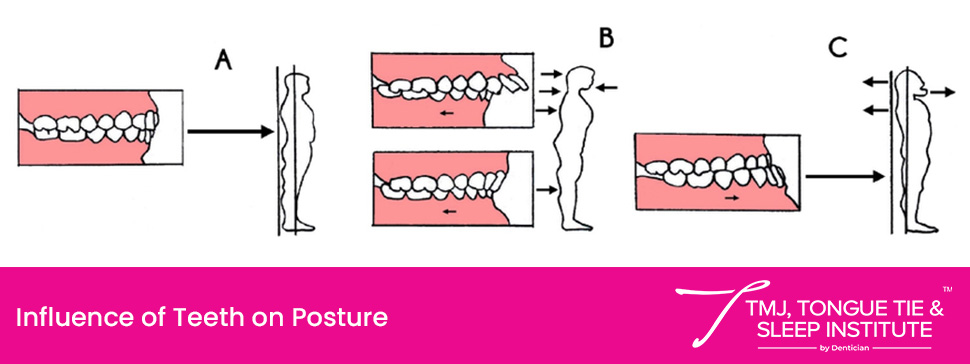
For the body to function optimally, all bones, joints, and muscles must be aligned. A bad posture can be caused by a poor airway or a routine slouch in the chair where you spend the day hunched over your computer or when you are restricting your body to hold itself in a position that is less than ideal.
A bad body posture tends to have a domino effect. Your misaligned spine will further cause your lower jaw to retrude behind that narrows the airway and increases the clenching and grinding which is one of the leading causes of TMJ disorder.
To correct TMJ disorder caused by a bad body posture, you must start physiotherapy with the help of a NUCCA Chiropractor and Physiotherapist trained for deep tissue releases in combination with a GNM TMJ specialist. The head falls over the shoulders, shoulders are in line with the hips and the heels which helps to maintain a straight posture. When you correct your standing posture, make sure to keep your chest forward and shoulders rolled back without putting your chin forward. This is important for the rest of your body to align properly, including your jaw.
D] Can Braces or Orthodontics lead to TMJ Disorder?
The way the teeth fit together influences not only the position of the jaw and the resting position of the TMJ but also has a major impact on breathing and sleep disorders.
The narrowing of the upper jaw naturally pushes the lower jaw back and further compromises the airway. To compensate, one begins clenching and grinding their teeth, which causes muscular dysfunction and articular disk displacement, causing TMD. Through the domino effect, headaches turn into migraines which ripple into head, neck, and back pain.
Traditional orthodontics concentrates only on teeth alignment and aesthetics, which often fails as the jaw and teeth are pushed behind, which further impacts the airway and TMJ. Traditional orthodontics also tends to extract teeth to relieve overcrowding and create space for teeth alignment. This is another possible cause of TMD.
Removing teeth rather than expanding the jaw will also alter the entire structure of the oronasal airway, leaving no room for the tongue to rest on the roof. Let’s remember maxilla, or the roof of the mouth is also the floor of the nose. A smaller maxilla will render in a smaller nasal cavity, which results in a compromised airway. This will force the body to find a way to compensate, like mouth breathing and poor posture.
E] How can TMJ be Treated?
Is TMJ curable? It most definitely is! The old standard for treating TMJ included a variety of splints, mouthpieces, and Neuromuscular(NM) orthotics which failed to do complete justice to properly treating TMJ pain. TMJ is a lifestyle disease and often needs a holistic approach. Below are the best ways for TMJ treatment today. Always check on your body posture, nutrition and gut health.
Gneuromuscular (GNM) Orthotics
Gneuromuscular(GNM) Dentistry is the way forward for treating TMJ. GNM and OC Trained TMJ Specialists focus on the clinical application of neuromuscular principles along with bio-physiological science at a much more advanced and detailed level. A GNM specialist understands the principles of gnathology and applies them in designing and adjusting the orthotic.
GNM orthotics are built on the concepts of GNM Dentistry. The GNM and OC Trained Specialist will utilize a detailed and custom-designed GNM orthotic to ensure softer closing of the jaw. Also, the biting surfaces in GNM are shaped just like real teeth to ensure smooth opening and closing movement of the jaws.
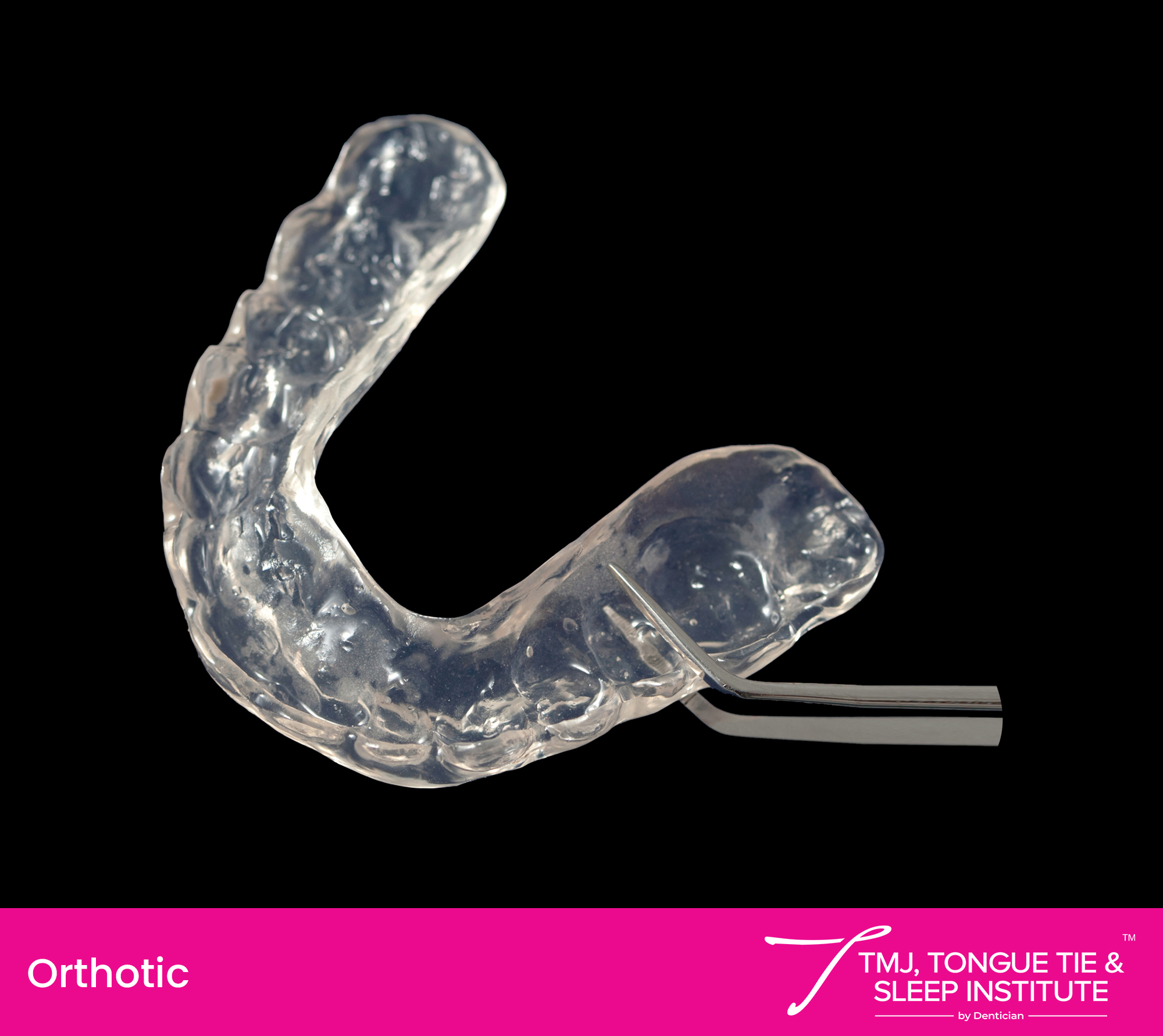
GNM orthotics V/s Neuromuscular Orthotics
Neuromuscular orthotics also involve realigning the bite to stop the symptoms of the disorder. It fails to focus on a detailed occlusal adjustment which is critical for treating the TMJ and whole body postural problems. While an NM splint does attempt to reset the joints, it cannot stop the strong slamming forces at the back of the neck, which can still affect the neck muscle and continue to cause stiffness and pain.
However, with the latest, innovative GNM treatment for TMJ, the NM Dentistry approach is becoming obsolete.
Living with TMJ pain can be exhausting, but relief is possible. We offer effective treatments that provide relief from TMJ pain.Discover how we can help you say goodbye to TMJ pain for good!
What are other supportive treatments for TMJ?
Myofunctional Therapy: Myofunctional therapy is one of the non-invasive treatments for TMJ disorder. It is a highly effective physical therapy program that targets improvement in nasal breathing and orofacial muscles, strengthens the tongue, provides jaw & joint stabilisation, and corrects forward and oral neck posture. Myofunctional therapy includes toning and re-patterning the head, tongue, neck muscles and face by re-creating strong pathways between the muscles and the brain. This balance can correct muscular and articular TMJ disorders.
Physiotherapy: Physiotherapy is also an important and effective treatment method that is mandatory to correct the forward neck, rolled shoulders, misaligned hips which also affect the alignment of TMJ. It is an important adjunctive measure to provide pain relief from TMJ.
Gut Health: The digestive health can be adversely affected by TMJ. According to a study at the University of Massachussetts, TMJ patients had over 100% more digestive problems than those without a jaw disorder. The first step in good gut health is chewing, and TMJ can make it difficult to chew food properly. Also, unchewed food is more difficult to digest, which affects your intestines’ ability to absorb necessary nutrients. This further affects your general overall health.
Gneuromuscular Orthodontics/ Airway Orthodontics/ Orthopedics: A narrow upper jaw or deep bites tend to push the lower jaw behind, straining the muscles and exerting force on the jaw joint, leading to TMJ pain. Anterior open bite lacks an optimal front teeth contact which can also lead to neck stiffness and facial pain. Gneuromuscular Orthodontics/ Orthopedics or Airway Orthodontics/ Forwardontics focuses on expanding the jaw and bringing it forward so that it can widen the airway and recapture the dislocated discs of the TMJ. It also helps maintain an appropriate tongue and spine posture. This treatment is often used as Phase 2 treatment after achieving stability with GNM orthotics as Phase 1 of TMJ treatment. This sequence of treatments offer long-lasting results and helps alleviate the symptoms of TMJ.
Tongue tie: A Tongue tie can lead to compensations like unfavourable movements of the lower jaw, TMJ, and tension in the floor of the mouth, neck, face and head. It is essential to have a correct tongue posture to reduce the strain on the TMJ and airway. The tongue tie release procedure involves releasing just the appropriate extent of tissues to render maximum relief; not too less and not too much. TMJ Patients require special attention when keeping their mouth open for long periods of time during the tongue tie release procedure.
To learn more about the treatments for TMJ, get in touch with a TMJ expert today!

